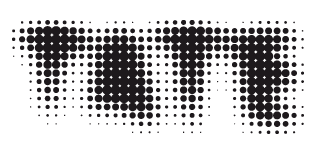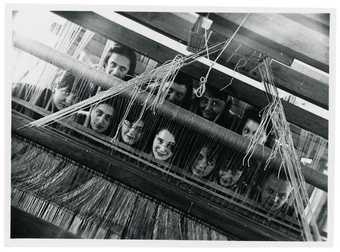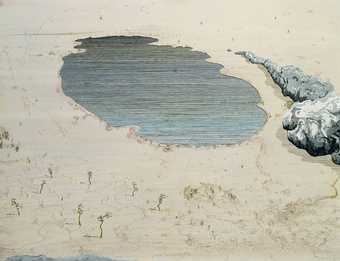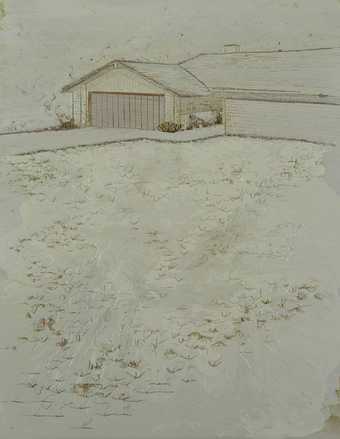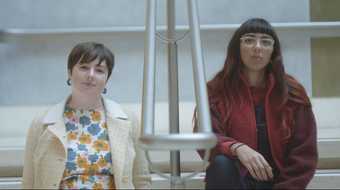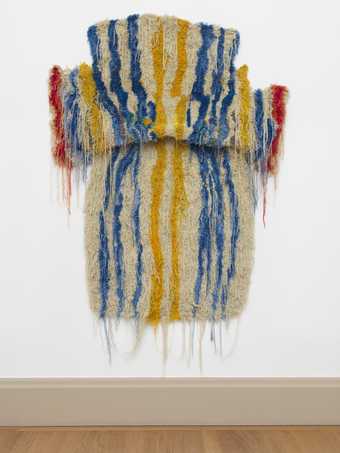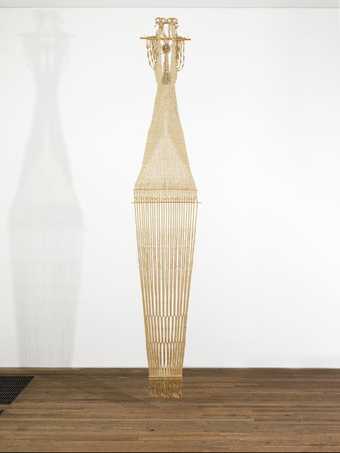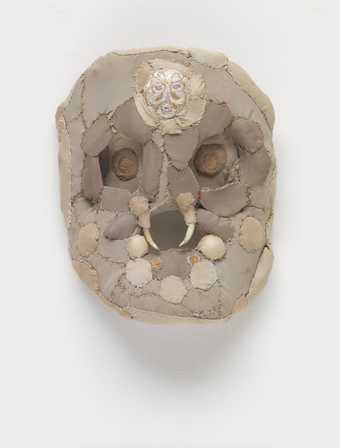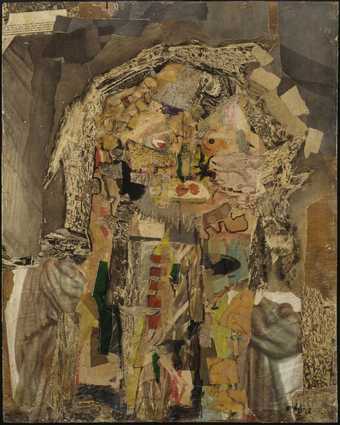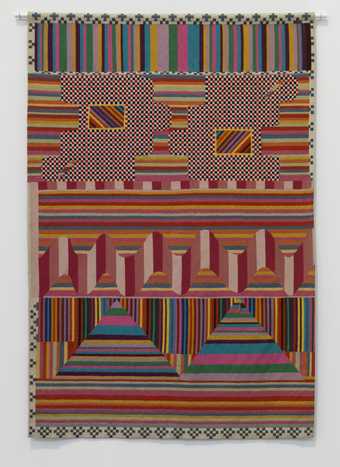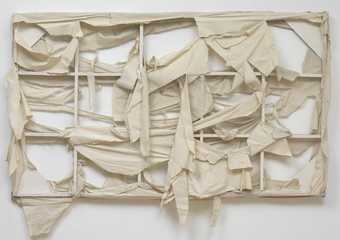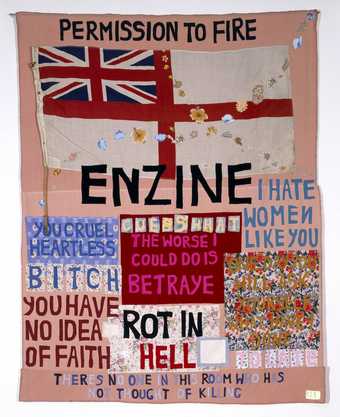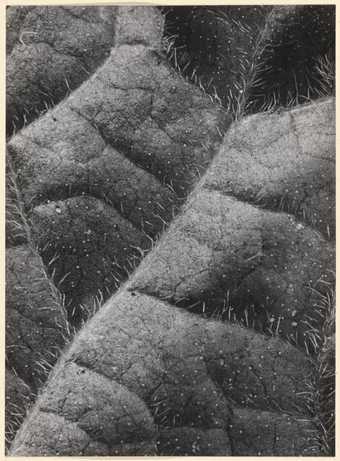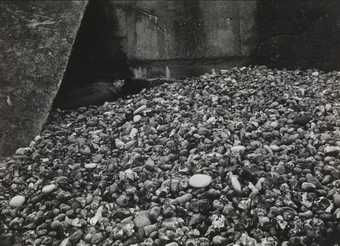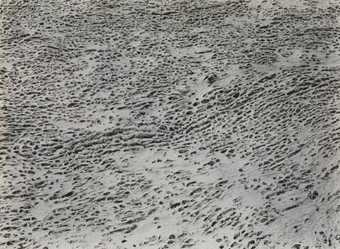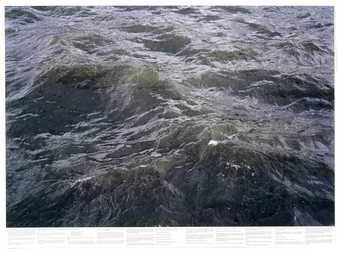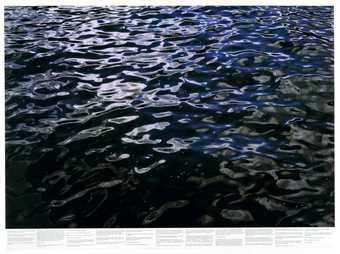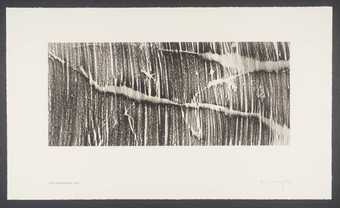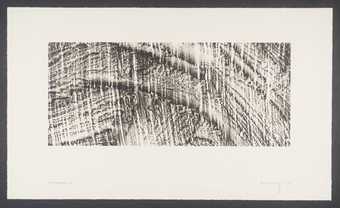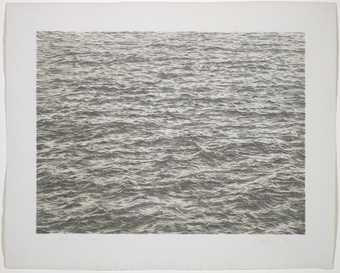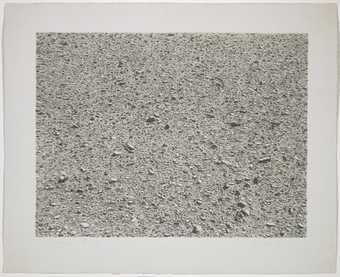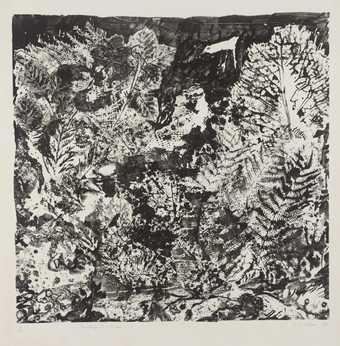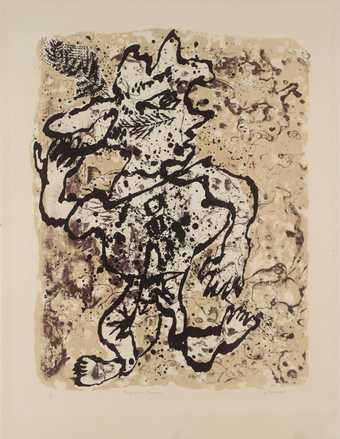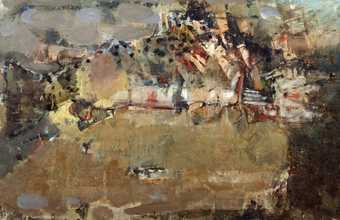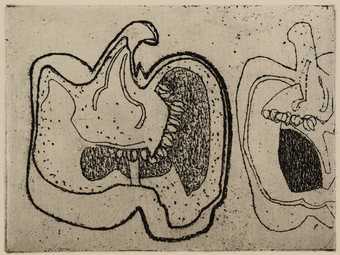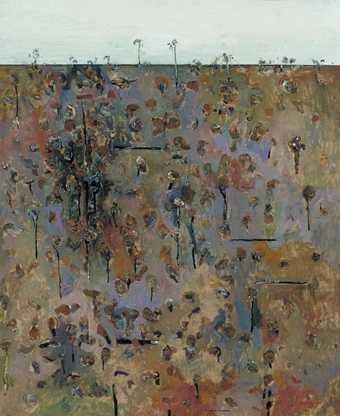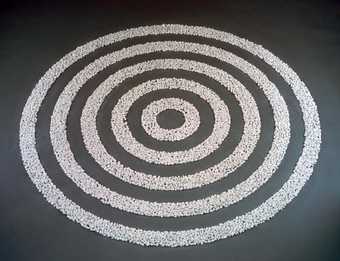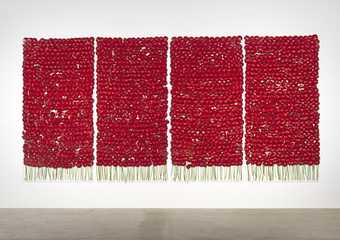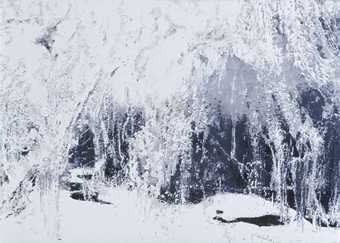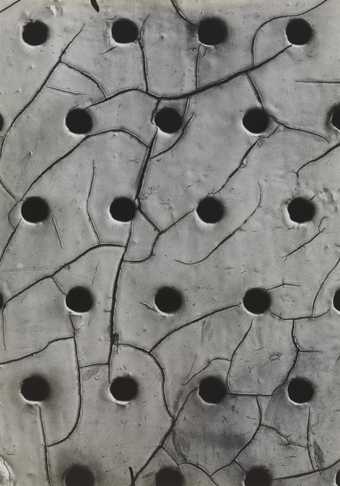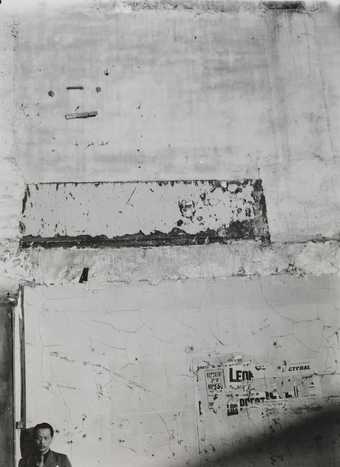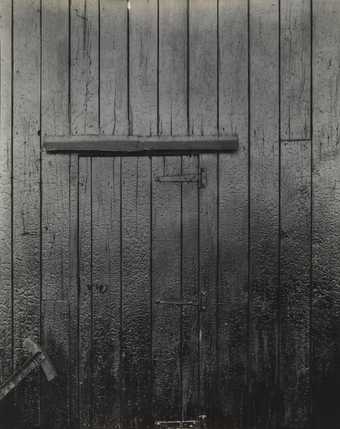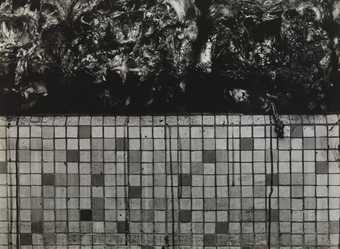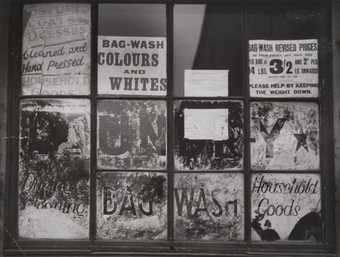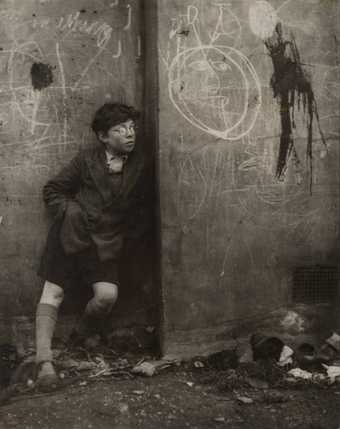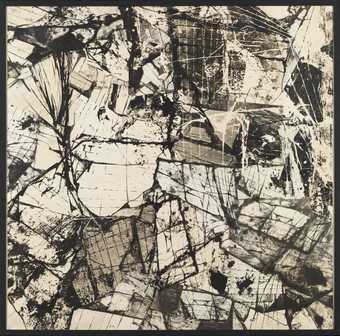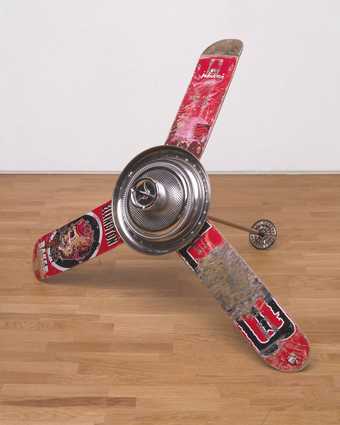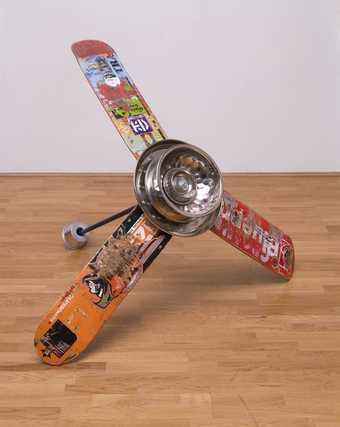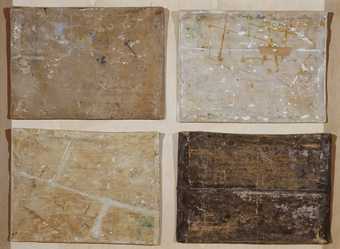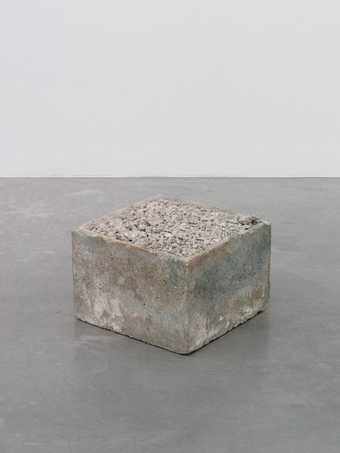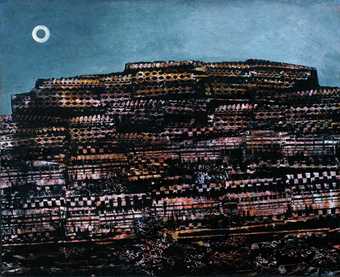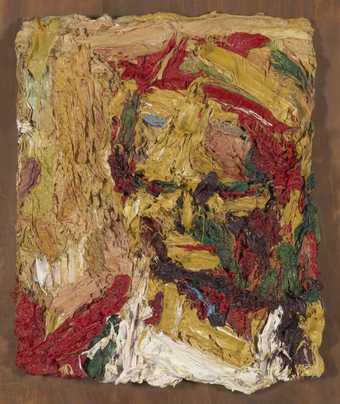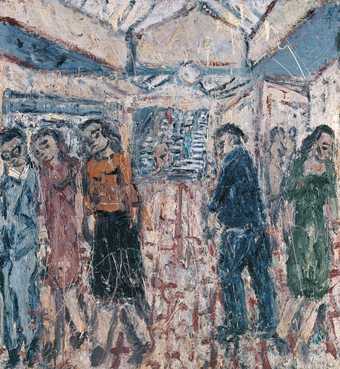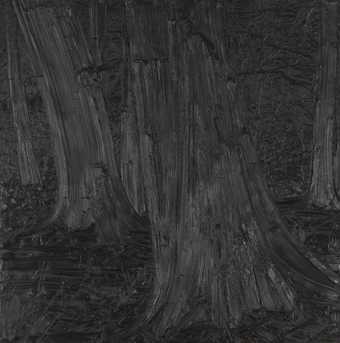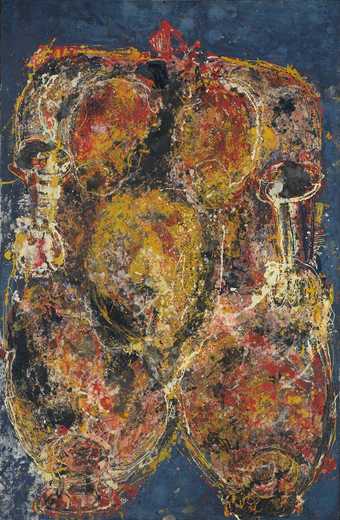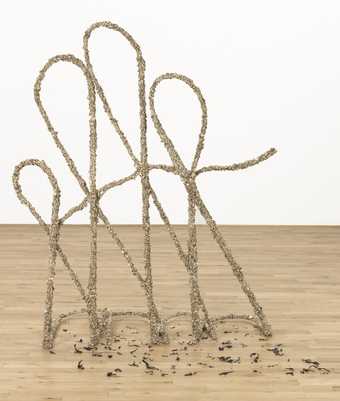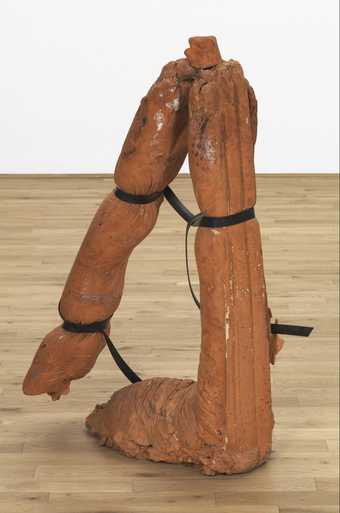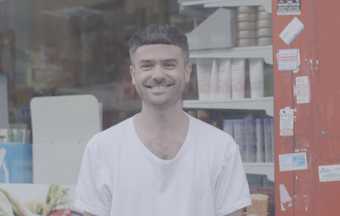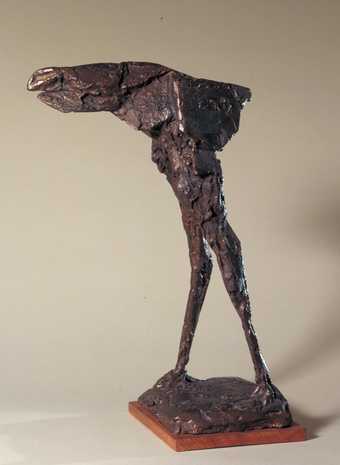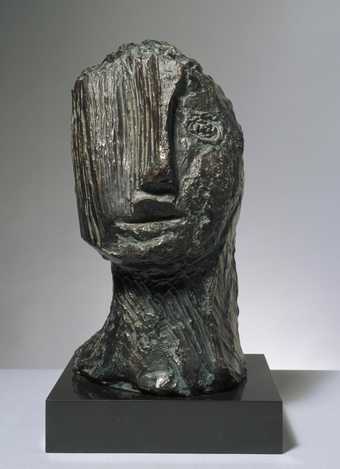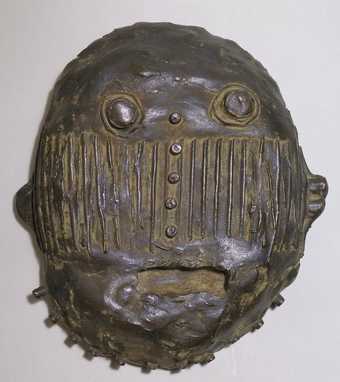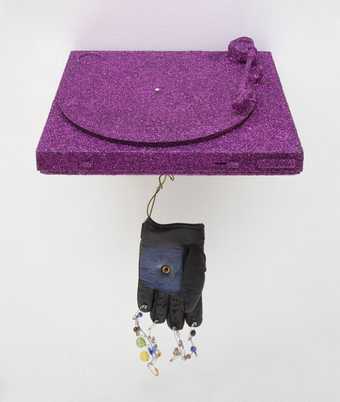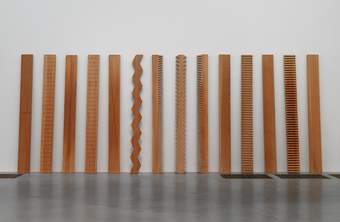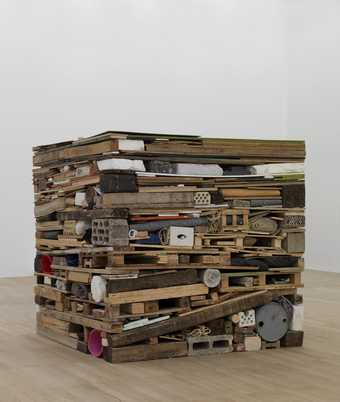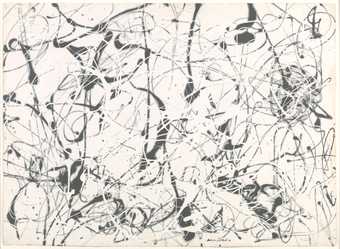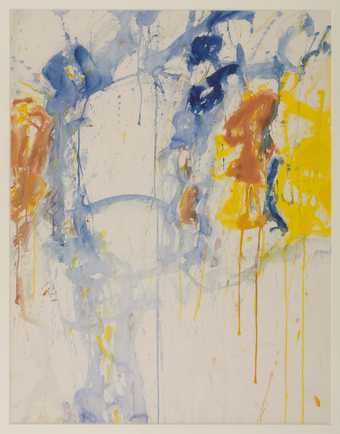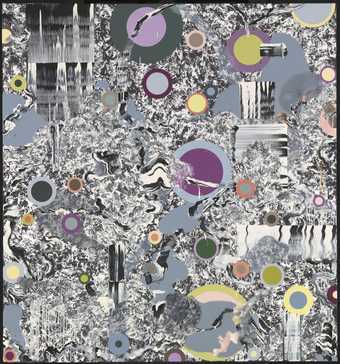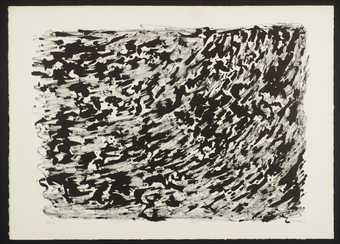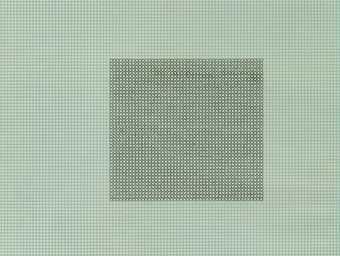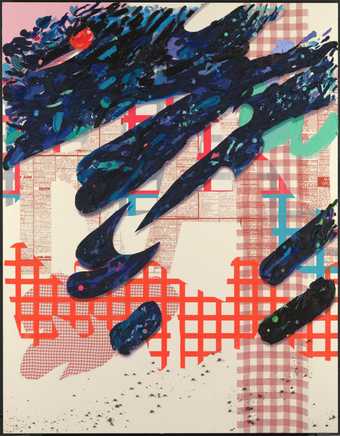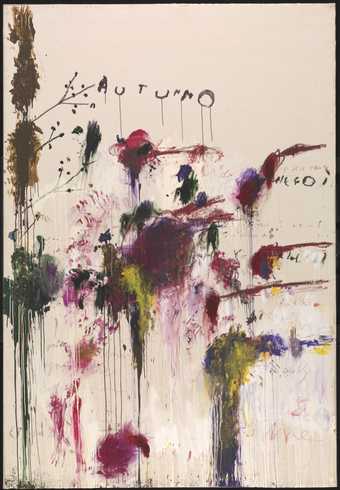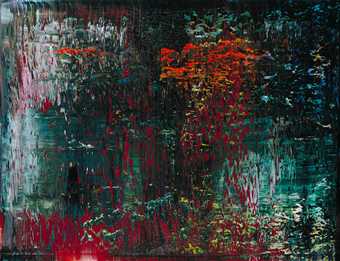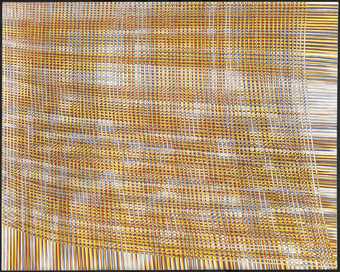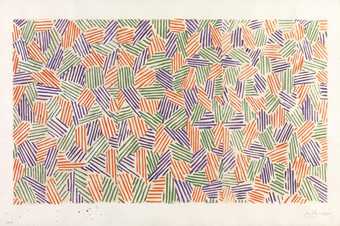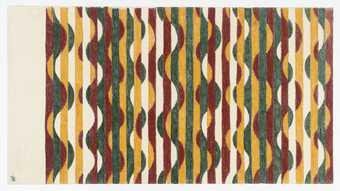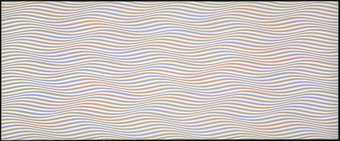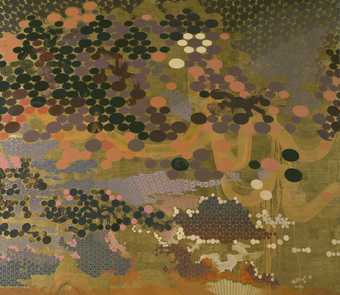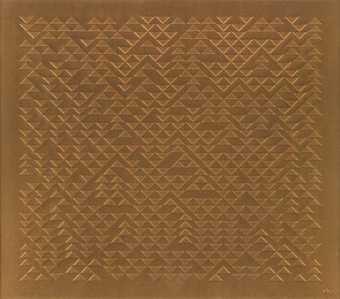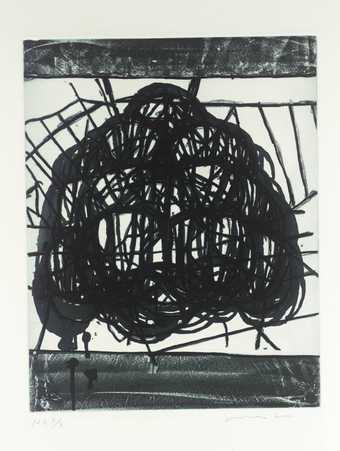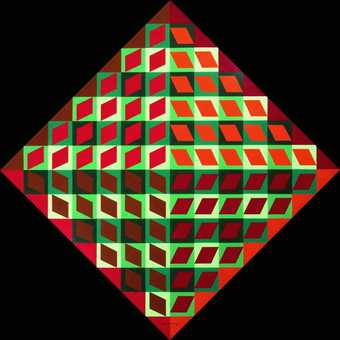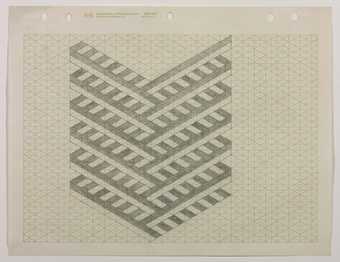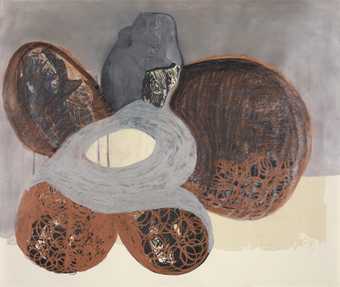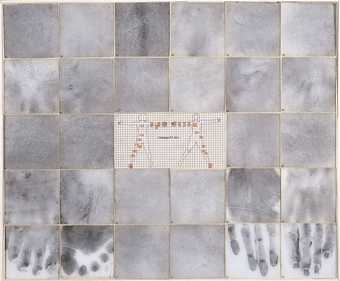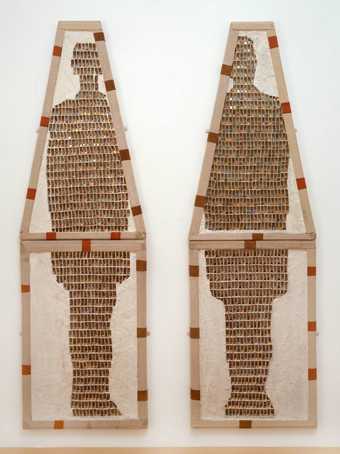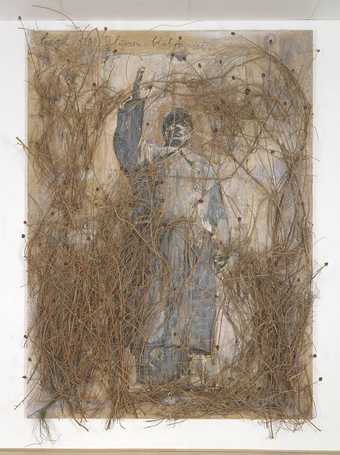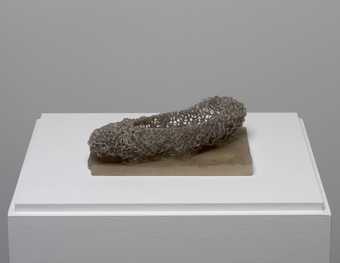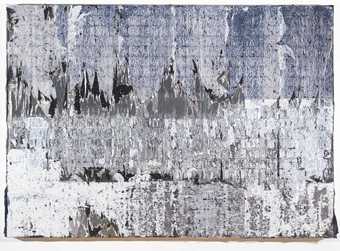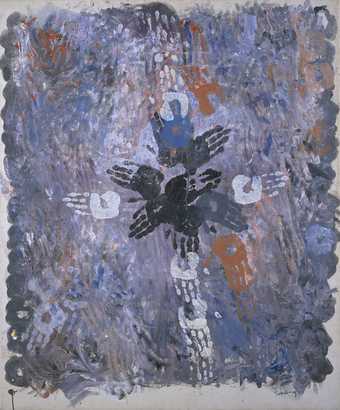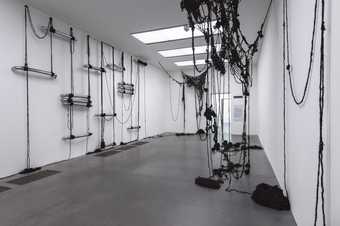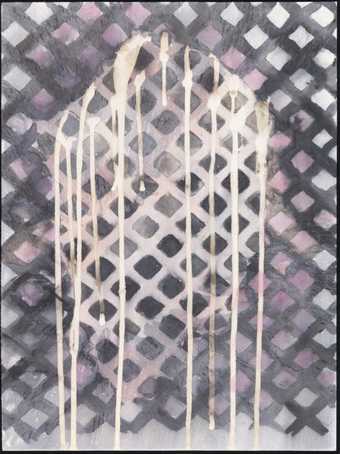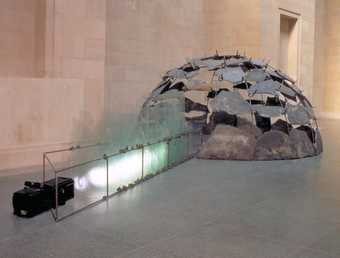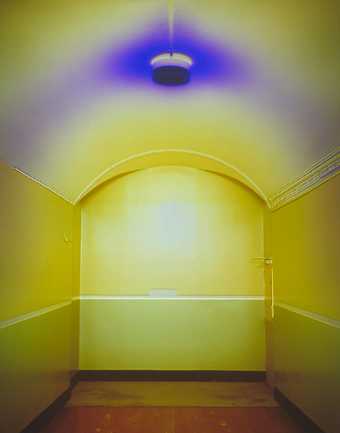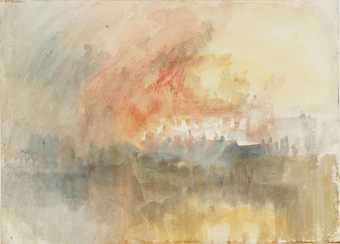Weaving textiles
You may think that woven textiles, embroidery and fake fur are the exclusive territory of fashion and craft – think again!
As early as the 1920s, artist Anni Albers used weaving to create richly textured abstract artworks. Discouraged from studying painting she chose instead to take up weaving at the Bauhaus School of art. Weaving at that time was seen as a craft and not taken seriously as art. Albers changed all that.
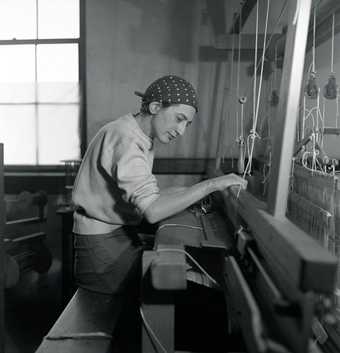
Anni Albers in her weaving studio at Black Mountain College, 1937. Photo by Helen M. Post Modley. Courtesy of Western Regional Archives, State Archives of North Carolina.
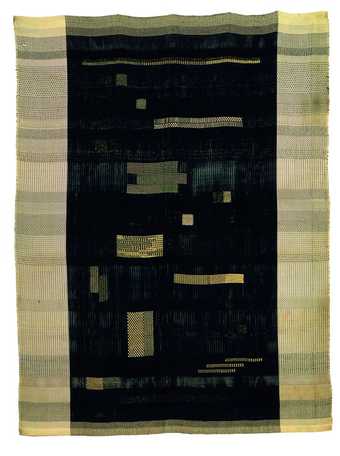
Anni Albers Ancient Writing 1936 Smithsonian American Art Museum. Gift of John Young © 2018 The Josef and Anni Albers Foundation/Artists Rights Society (ARS), New York/DACS, London
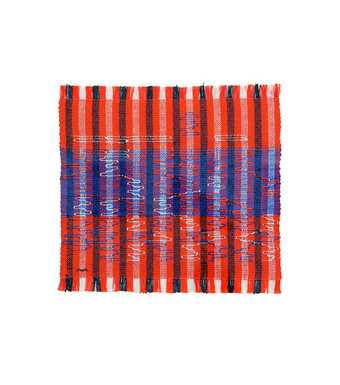
Anni Albers Intersecting 1962 Josef Albers Museum Quadrat Bottrop © 2018 The Josef and Anni Albers Foundation/Artists Rights Society (ARS), New York/DACS, London
Albers’s abstract patterns were inspired by ancient South American weaving. For Red Meander 1954 she used an ancient labyrinth and Peruvian patterns as her starting point.
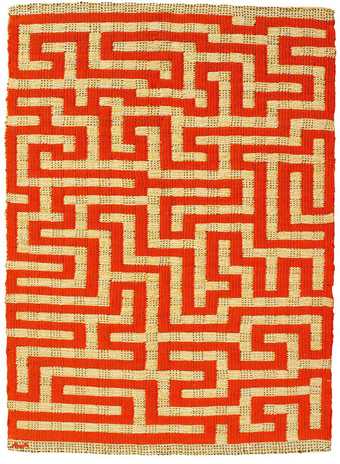
Anni Albers Red Meander 1954 Private Collection © 2018 The Josef and Anni Albers Foundation/Artists Rights Society (ARS), New York/DACS, London
As well as patterns, Albers was interested in texture. She championed modernity, but also worried that people had lost their sensitivity to touch. Factory manufacturing produced slick products that had none of the texture of hand made things. As an artist and a designer she wanted to create artworks that appealed to our sense of touch.
Well you all know how great art can affect you, you breathe differently
Anni Albers, 1982
Like Anni Albers, artist Sheila Hicks was also inspired by South American weaving to create textured artworks. She had studied painting but on a trip to Chile she became fascinated by the textiles she saw there. Her woven pieces from the 1960s are often created in single colours and have the look of textured abstract paintings.
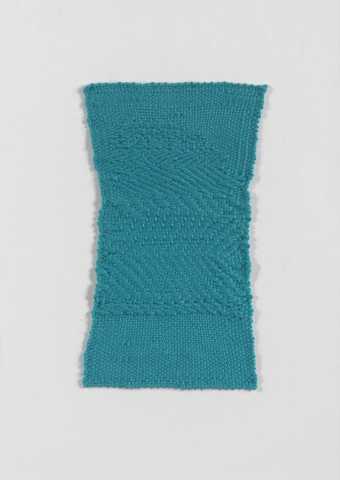
Sheila Hicks
Twill (Mexico)
(1956–7)
Tate
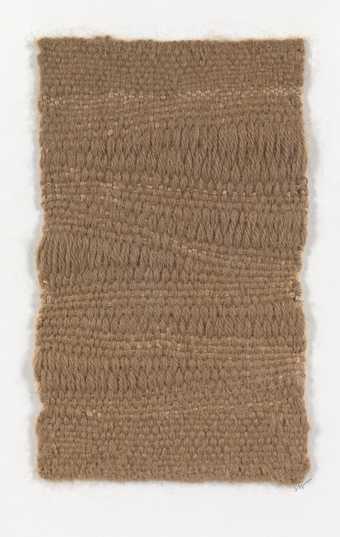
Sheila Hicks
Tacna-Arica
(c.1957)
Tate
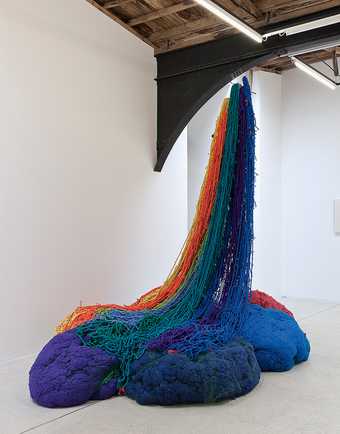
Sheila Hicks Landing 2014 Pigments and acrylic fibres, 2600 x 900mm © Sheila Hicks, courtesy the artist and galerie frank elbaz, Paris, photograph: Zarko Vijatovic
In Landing 2014 Hicks used loose yarns. Tumbling from the ceiling and collecting on the floor, Landing has the 3D presence of an organic sculpture. It also looks as if someone has tipped some pots of bright paint from the ceiling!
Another craft which has been adopted by contemporary artists, is embroidery. Michael Raedecker stitches into his landscape works to add subtle textures to the surface. spot 1998 shows an desolate landscape dominated by a pool of water made from stitched horizontal threads. Other areas of the painting are also stitched, and the threads painted over to create areas of rough texture. The painting balances areas of detail with empty spaces.
There are things happening on the surface ... which hopefully make your eye float around the image … I always try to find different means for how to use thread ... I don’t fill everything in. I leave room for the viewer to step into the image.
Michael Raedecker
Kate Rollison also uses embroidery to create artworks. Tate Collective Producer member Hannah Hill met up with Kate to chat about embroidery, art, and how stitching can help with overcoming mental health issues.
Sculptures from textiles
We have explored how woven fabrics and yarns can became sculptural. Artists also use textiles to create 3D textured sculptures.
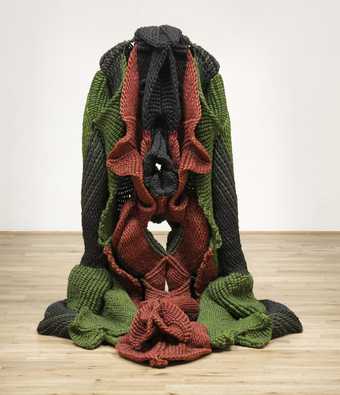
Mrinalini Mukherjee
Jauba
(2000)
Tate
Jauba (Hibiscus) 2000 by Indian artist Mrinalini Mukherjee was made by knotting yarn over a vertical metal structure. The yarn is woven into pleated forms that drape the frame creating flower or plant-like forms.
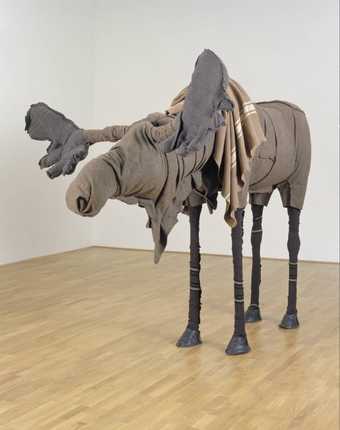
Laura Ford
Moose
(1998)
Tate
Laura Ford’s fabric sculptures also involve draping folds of fabric over a metal structure. The several layers of fabric give Moose 1998 its textured form. The fabric looks like clothing. In fact Ford commented that she thinks of her animal sculptures as 'sculptures dressed up as animals which are dressed up as people'.
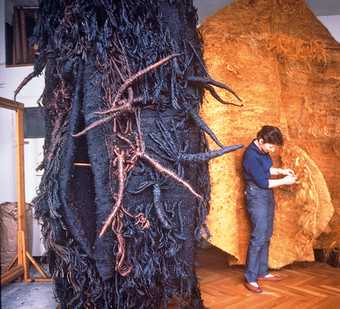
Magdalena Abakanowicz working on one of her Abakan sculptures
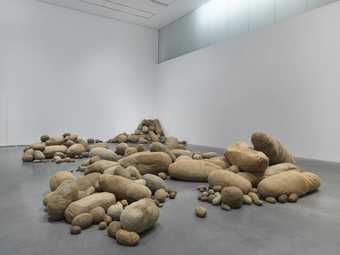
Magdalena Abakanowicz
Embryology
(1978–80)
Tate
© Marta Magdalena Abakanowicz-Kosmowska and Jan Kosmowski Foundation
Polish artist Magdalena Abakanowicz’s Abakans 1966–75 are enormous 3D structures. They are made from natural fibres such as sisal rope, flax, jute and horsehair. The textured textile forms fill rooms and create organic otherworldly environments.
When we think of fake fur we generally think of teddy bears or coats. But artist Eric Bainbridge uses it to make us look at ordinary objects in a new light. For his sculpture More Blancmange 1988 he has recreated a set of spoons on a huge scale and covered them in fur.
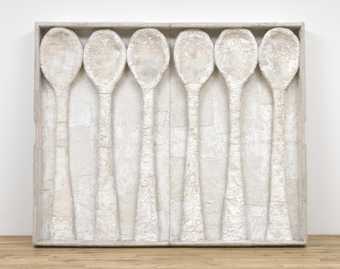
Eric Bainbridge
More Blancmange
(1988)
Tate
The furry white texture of the spoons contrasts with the smoothness of real spoons that we use everyday. They become an unsettling, surreal presence. As critic Stuart Morgan said:
The fabric unified surfaces, blurred edges and served to camouflage the familiar but magnified objects … Dwarfed by overblown, woolly but somehow familiar shapes, the spectator wandered, intimidated by the new self assurance these artefacts had acquired.
Stuart Morgan
